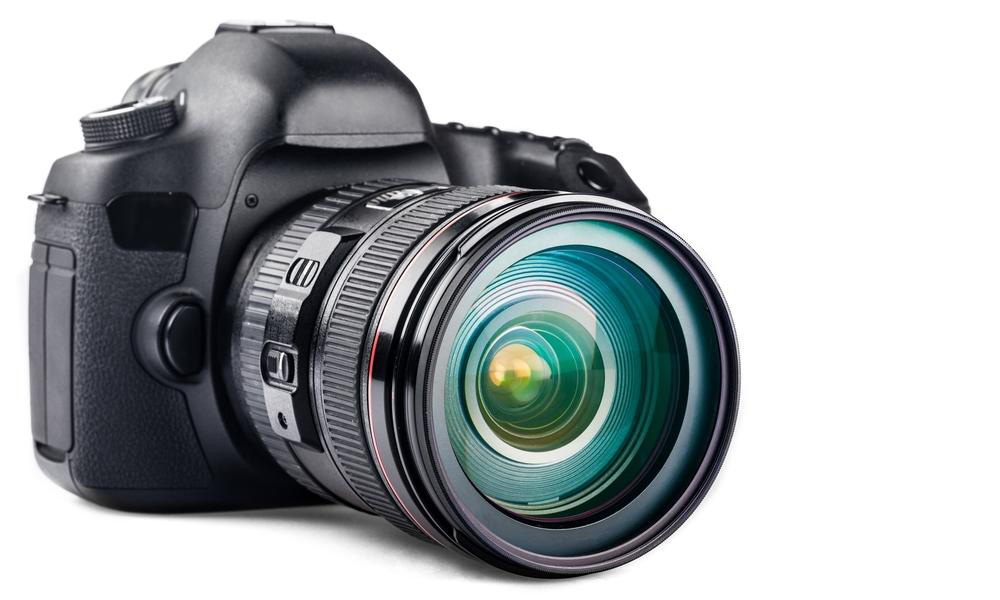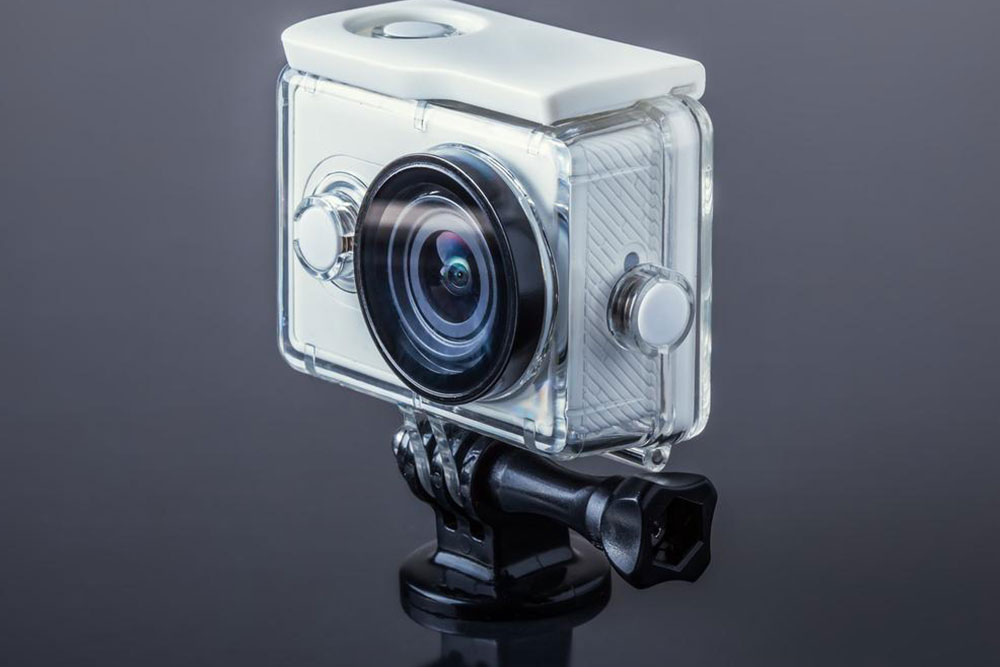A Journey Through the Evolution of Photography Devices
This article traces the fascinating history of photography devices from ancient camera obscura principles to modern digital cameras. It highlights key innovations like the Kodak box camera and roll film, showcasing how photographic technology has evolved over centuries, making photography widely accessible and professional-grade. The journey reflects ongoing advancements that transformed visual storytelling worldwide.

Exploring the Evolution of Photography Devices
The earliest known photograph was captured in 1826 by Nicephore Niepce, using a pinhole camera he crafted himself from paper coated with silver chloride on Bitumen of Judea. Due to the lack of proper fixing methods, this first image was lost.
Foundations
The concepts behind cameras and light-sensitive materials date back to ancient times with the camera obscura, a dark chamber where light projects an inverted image. Greek philosopher Aristotle and Chinese thinker Mozi described such optical principles centuries ago. In the 11th century, Arab scientist Ibn al Haytham expanded on optics, influencing future developments.
By the 17th century, inventors like Johann Zahn envisioned portable cameras suitable for capturing images. It wasn't until the 19th century that innovations like photographic plates and roll film revolutionized the industry. In 1888, George Eastman introduced the Kodak camera—a simple box device with a fixed focus lens, preloaded with 100 exposures, making photography accessible to many. Subsequent models enhanced functionality, including roll film-based cameras, which remained popular until the rise of digital photography. Despite technological advances, traditional film remained favored by professional astrophotographers until digital cameras became dominant in the late 20th century.
Note:
Our blog covers a wide range of topics, offering valuable insights based on thorough research. Please consider these articles as informational rather than definitive. We cannot be responsible for inaccuracies or differences across sources. Additionally, some promotional offers or schemes may not be covered here.









